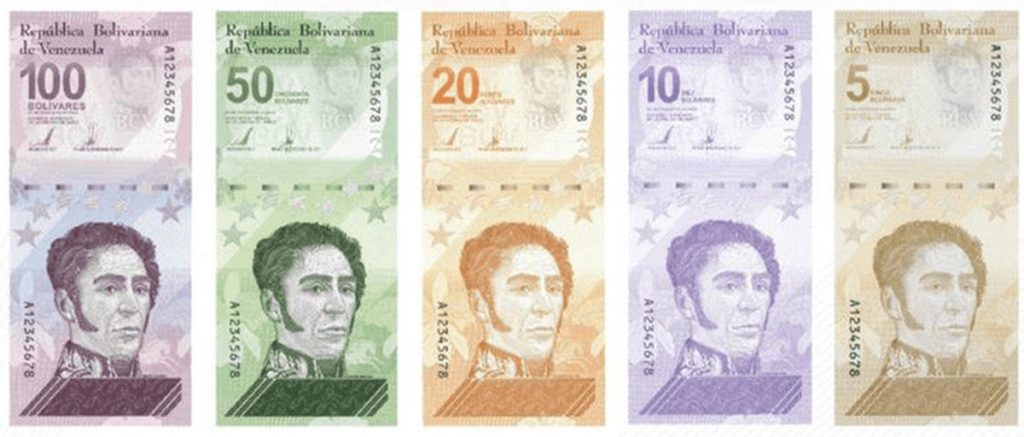Technically, yes. Practically, no—you can’t trade the Venezuelan bolívar (VES) in any meaningful way on global forex markets. It’s not freely convertible, it’s not liquid, and it’s not supported by major brokers or banks outside Venezuela. Even inside the country, bolívar forex activity is tightly controlled or entirely informal.
If you’re thinking about speculating on the bolívar like you would with the Mexican peso or Brazilian real—open your brokerage account, punch in the ticker, click buy—forget it. The bolívar is non-functional as a forex instrument.

Why the Bolívar Isn’t Tradable
The reasons are straightforward:
- Capital controls: The Venezuelan government imposes heavy restrictions on currency exchange, making official bolívar trades with foreign institutions nearly impossible.
- No market demand: There’s no global appetite for holding bolívars. No carry trade, no yield, no stability. This is a currency that has been through multiple redenominations, with billions in purchasing power evaporated over the last 10 years.
- Hyperinflation history: Venezuela experienced one of the worst hyperinflation episodes in modern history, which destroyed domestic confidence in the currency and rendered it nearly useless as a store of value or medium of exchange outside basic local transactions.
- Lack of institutional backing: You won’t find the VES on the trading menus of major platforms like OANDA, IG, Saxo, or Interactive Brokers. Bloomberg has pricing indexes for the bolívar, but that’s about it. It’s a shadow currency at this point—used locally, but ignored globally.
Where and How the Bolívar Trades (If at All)
1. Official Market (DICOM or BCV Rate)
The Venezuelan Central Bank (BCV) publishes an official exchange rate, which is sometimes referenced as DICOM, though the system has changed names over the years. It’s pegged loosely to market demand but still heavily influenced by the state.
This rate is used mostly by businesses or individuals transacting with the government or through authorized banks. It’s not reflective of real market value and doesn’t function like an open FX market.
2. Parallel (Black Market) Rate
This is the real price people use—the one that moves daily, reacts to inflation, and determines how many dollars you’ll get for your bolívars on the street or through informal channels.
Sites like Monitor Dólar Venezuela publish daily unofficial rates, which are widely accepted across the country. Retailers, private sellers, and even some banks use it as a benchmark, regardless of its legal status.
This “market” exists, but it’s not legally accessible to foreign traders. It’s person-to-person, often involves cash, and is not part of any regulated forex platform.
3. Crypto and Stablecoins as Bolivar Replacements
Because bolívar trading is so dysfunctional, Venezuelans have turned to crypto. USDT (Tether) has become a stand-in for the dollar, with people using it to save, send remittances, and even price goods. You’ll often hear someone say “dólares” and mean crypto dollars—not physical cash.
Peer-to-peer platforms like Binance P2P, LocalBitcoins (while it lasted), and AirTM have created a pseudo-FX market between bolívars and stablecoins. This is where real FX activity happens now for many Venezuelans.
Technically it’s not forex, but it functions like it—you’re converting one currency (VES) into another (USDT, BTC, etc.) based on supply, demand, and risk.
Could You Trade the Bolívar Through Derivatives?
In theory, yes. But there are no accessible futures, options, or CFDs on the bolívar. No exchange clears them. No bank writes them. The currency is considered toxic, unpredictable, and not backed by reliable monetary policy. So nobody builds products around it.
A few hedge funds used to write custom derivatives for bolívar-linked exposure back in the early 2000s. Those days are long gone. Even Venezuelan government bonds denominated in bolívars are untradable outside the country.
Why Would Anyone Want to Trade It?
Speculative investors are drawn to chaos. If you could short the bolívar, you’d have made a fortune over the past decade. But the infrastructure for that trade doesn’t exist anymore. No margin, no borrowing, no liquidity.
The only people with real bolívar exposure are:
- Venezuelans stuck with local currency holdings
- Businesses operating in bolívars that need to hedge against devaluation
- Informal FX traders operating inside Venezuela converting bolívars to crypto or cash
Everyone else avoids it entirely.